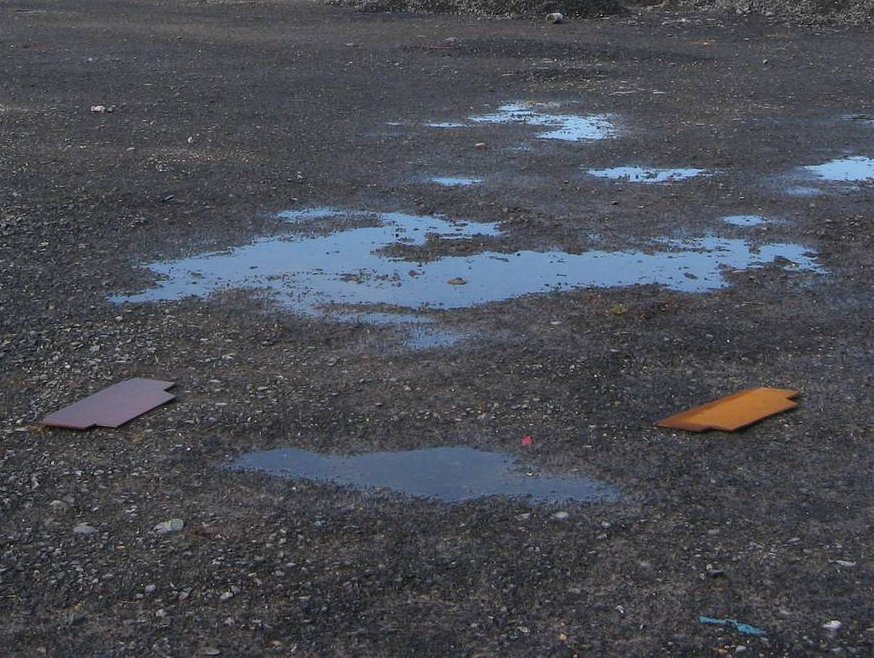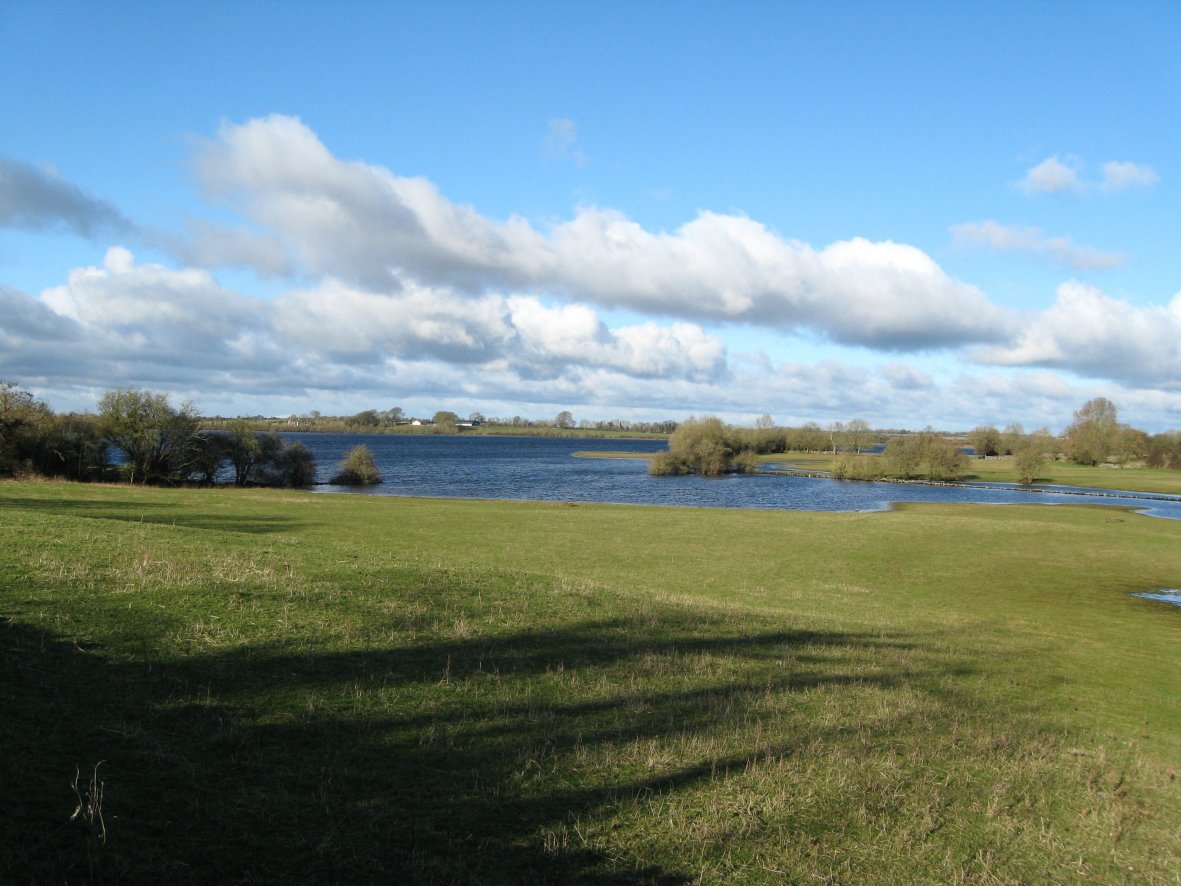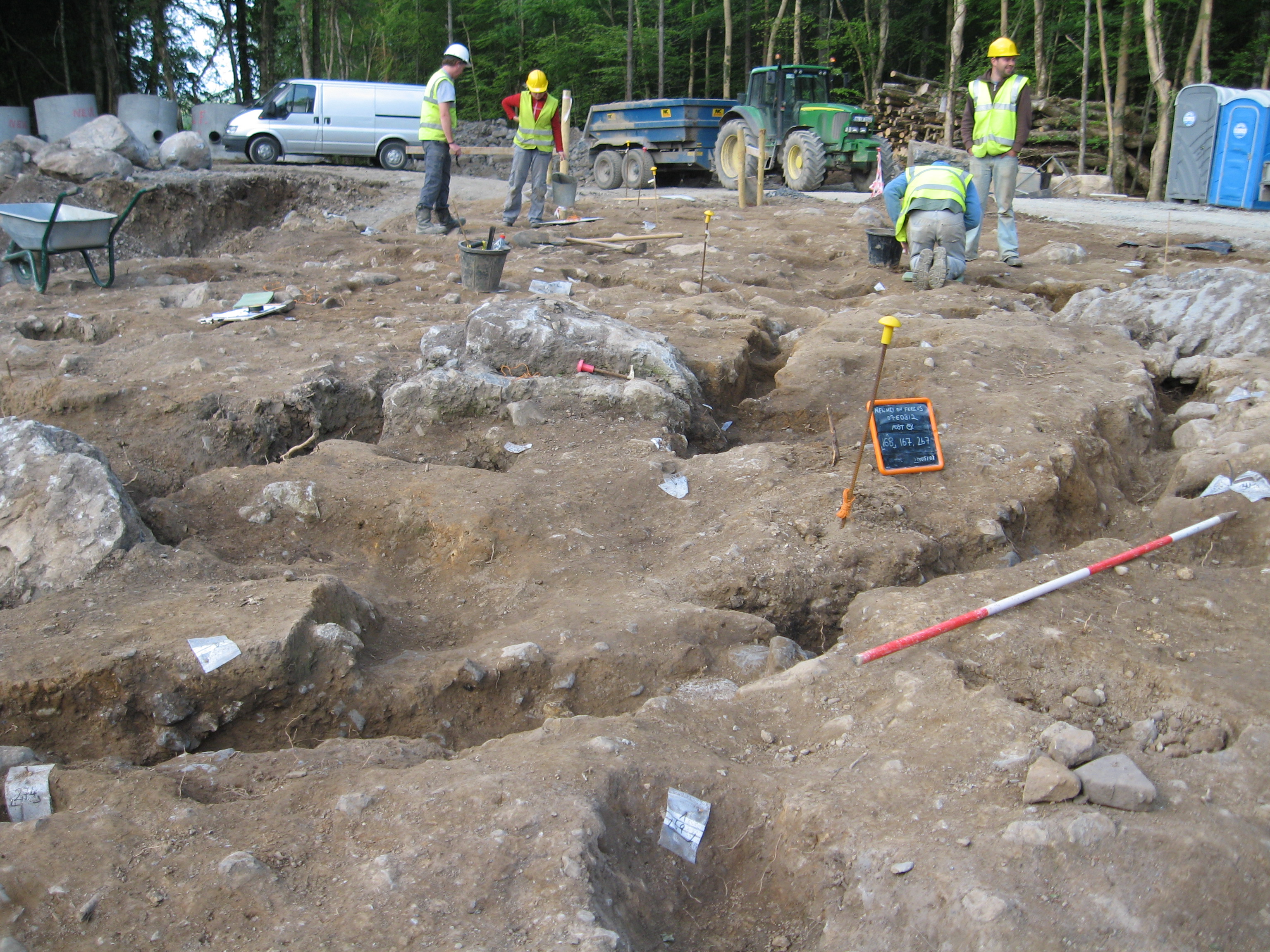In a dramatic volte-face this weekend The Green Party announced an initiative that might actually make some difference, albeit to individual home-owners rather than the planet at large.
In stark contrast to Minister Ryan’s usual pie-in-the-sky imagining of hordes of merry ‘nouveau-pauvre’ merrily cycling to work through fields of buttercups, or some such similar nonsense that seems to pass for ‘policy’ in the ranks of the sandalistas these days, his recently unveiled €100 million ‘National Insulation Programme for Economic Recovery’ actually involves real people doing real things to real houses for a measurable benefit.
Sounds far too scientific to ever have received the minister’s imprimatur, but there you go.

photo owned by thingermejig (cc)
Report from the paper of record here:
The lowest grant available is €250 for improved attic insulation, which will provide 30 per cent of the cost for a typical suburban house of carrying out this measure. The largest single grant is a €4,000 contribution to work on external wall insulation. This will contribute an estimated 21 per cent of the €19,000 cost for a typical home. Householders are entitled to avail of all the grants that are applicable to their own situation.
and The Green Party website has the following:
http://www.greenparty.ie/en/news/latest_news/govt_announces_new_national_insulation_programme
I do suspect that the estimated payback time on investment will turn out to be rather more estimated than intended but at the very least, this is a step in the right direction and can only be of assistance to homeowners looking to reduce their energy costs.
Also included in the available grants is a sum of €200 towards the cost of a before and after BER assessment.
The ‘before’ assessment can be carried out in advance of the grant application being processed and is intended to help the home-owner to identify the works that they should undertake to improve their home’s energy performance.
Moore Group are happy to assist with all questions you may have regarding the HES scheme and can provide any assessments required along with help with your grant application if required.






